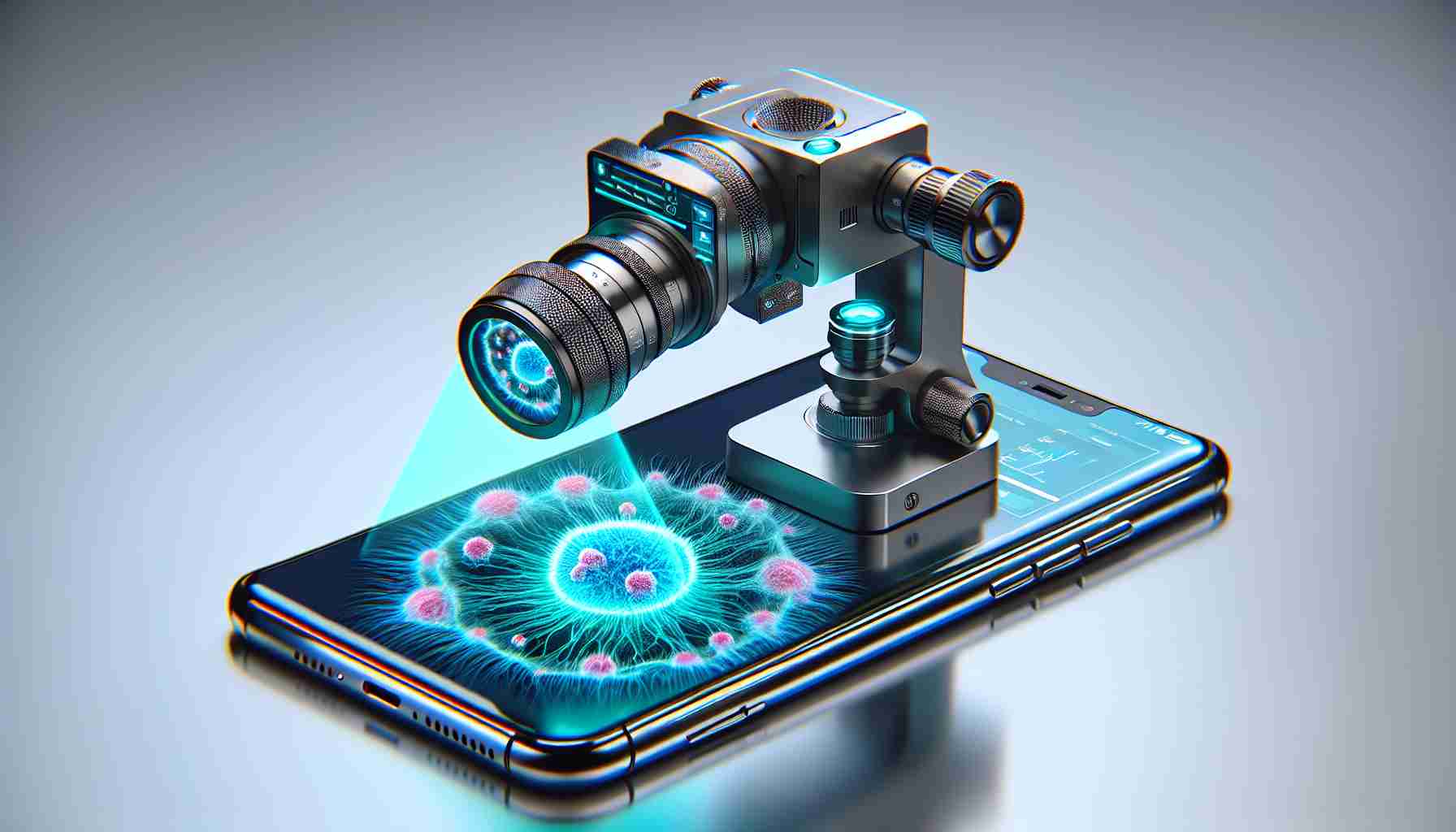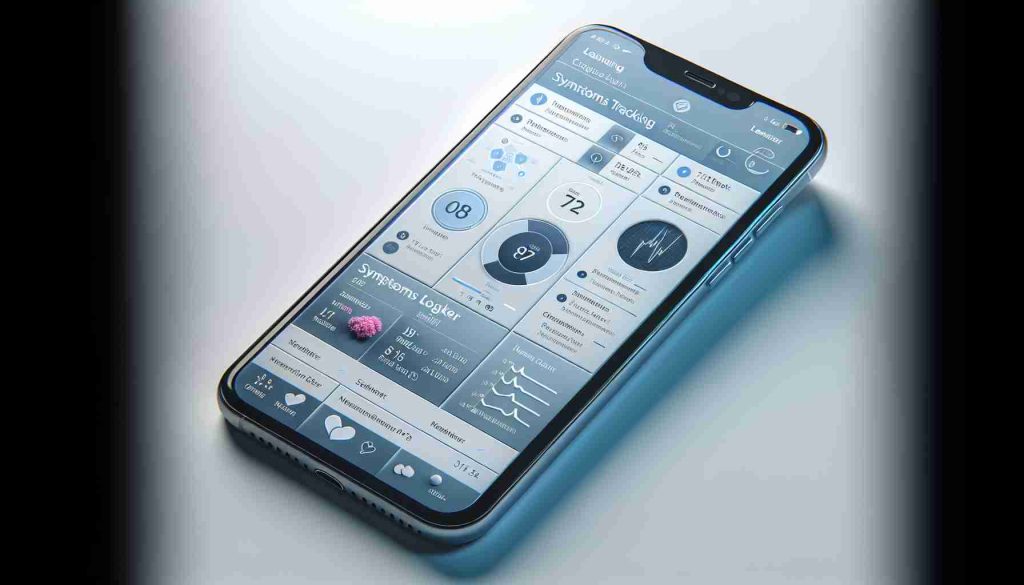Researchers at the Tokyo University of Agriculture and Technology have made a significant leap in microscopy technology with the creation of a portable holographic microscope that can be operated via a smartphone. Traditional digital holographic microscopes are often limited by their need for bulky desktop computers, making them impractical for fieldwork.
Yuki Nagahama and her team sought to change that by designing a compact device that is both affordable and versatile, suitable for various environments. The new microscope system utilizes a method called band-limited double-step Fresnel diffraction to minimize the amount of data required for operation, making it more efficient.
To complement the optical components, the researchers employed 3D printing technology to create a lightweight housing. An accompanying Android app has been developed to facilitate the hologram reconstruction process, allowing users to visualize samples in real-time on their smartphones.
This innovative tool can produce detailed images of microscopic samples, such as a cross-section of a pine needle, enhancing the user experience through touchscreen zoom functions.
The inspiration behind this advancement came from Nagahama’s experiences as a student working on portable microscopes, which led her to explore the capabilities of smartphones in scientific applications.
With potential uses in fields ranging from medicine to education, this groundbreaking technology can support a variety of important tasks, like diagnosing diseases or examining live microorganisms.
Innovative Holographic Microscope Developed for Smartphones: A New Era in Micro-Imaging
Researchers at the Tokyo University of Agriculture and Technology have revolutionized the field of microscopy with their compact, smartphone-operated holographic microscope. This device not only enhances accessibility to advanced imaging technology but also opens new pathways for scientific research and education.
Key Features and Functionality
The new microscope utilizes band-limited double-step Fresnel diffraction, a cutting-edge method that streamlines data processing. This allows the device to operate seamlessly without the bulk of traditional microscope setups. The optical system is designed to be lightweight yet robust, thanks to the implementation of 3D printing technology for its construction. The integration with smartphones means users can easily capture and analyze images using an intuitive app, designed to simplify hologram reconstruction in real-time.
Important Questions and Answers
1. What are the primary applications of the smartphone holographic microscope?
– The microscope can be used in a range of fields, including biology, environmental science, and education. Its ability to visualize microorganisms and cellular structures enables vital educational activities and practical applications such as medical diagnostics.
2. How does the device handle varying lighting conditions?
– The design incorporates adaptive optics technology that enhances image quality under different lighting environments, making it suitable for outdoor use where natural light varies.
3. Are there any limitations to this technology?
– While the microscope is highly portable and efficient, it may struggle with imaging highly dense samples or materials that require advanced contrast techniques.
Key Challenges and Controversies
Despite its potential, there are challenges to consider. One major concern is the variability in smartphone camera quality, which can affect the output and accuracy of the holographic images produced. Additionally, there is an ongoing debate within the scientific community regarding the reliance on smartphone technology for critical diagnostics, with concerns about reliability compared to traditional methods.
Advantages and Disadvantages
Advantages:
– Portability: The device is lightweight and easy to carry, making it ideal for fieldwork.
– Cost-Effectiveness: The use of 3D printing technology and smartphone integration significantly reduces production costs.
– User-Friendly: The accompanying app allows individuals with limited technical expertise to operate the microscope effectively.
Disadvantages:
– Dependency on Smartphone Quality: The efficacy of the microscope’s imaging capabilities can vary depending on the smartphone model used.
– Potential Accuracy Issues: There may be challenges in achieving the same level of detail and reliability as traditional microscopes, especially for intricate analyses.
Future Implications
As this technology continues to develop, we can anticipate broader adoption in educational institutions and research facilities. It has the potential to democratize access to advanced imaging tools, enabling students and researchers in remote areas to engage with microscopic analysis without needing extensive laboratory setups.
For further insights into cutting-edge microscopy and smartphone technology advancements, visit Science News.




























